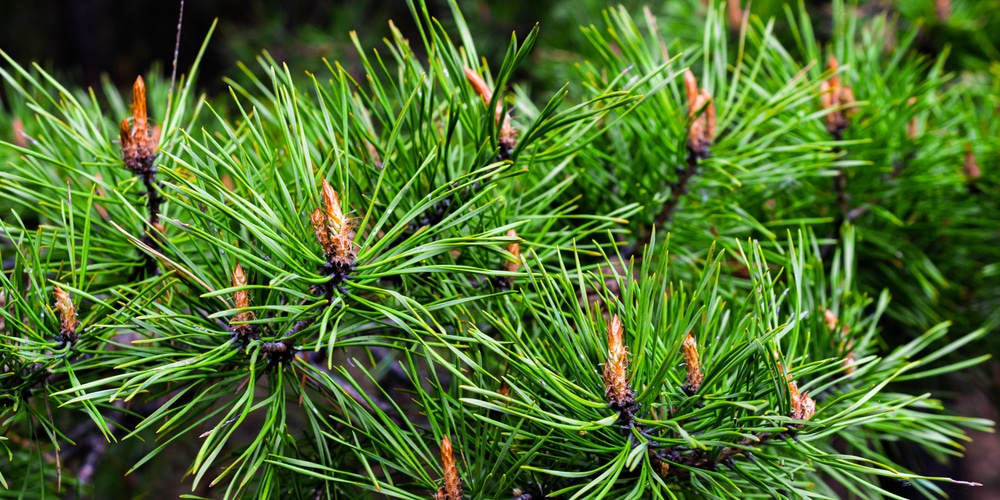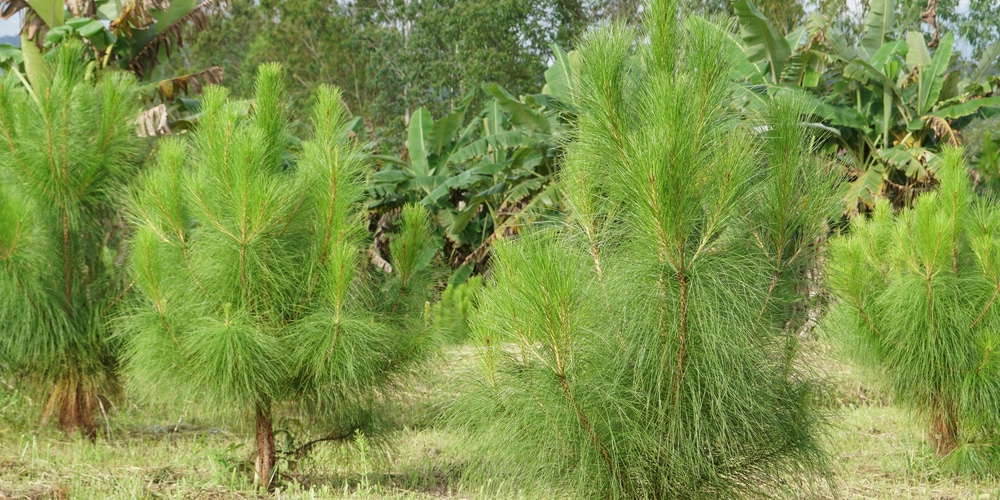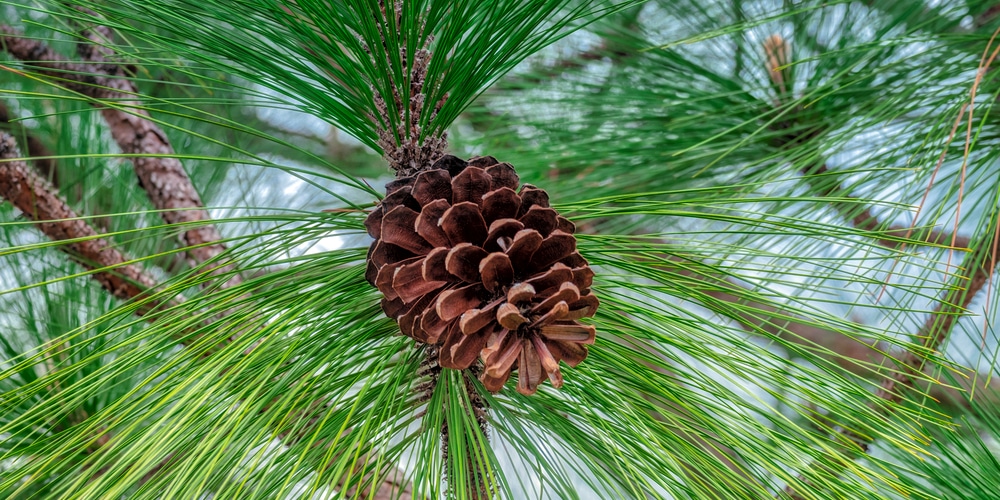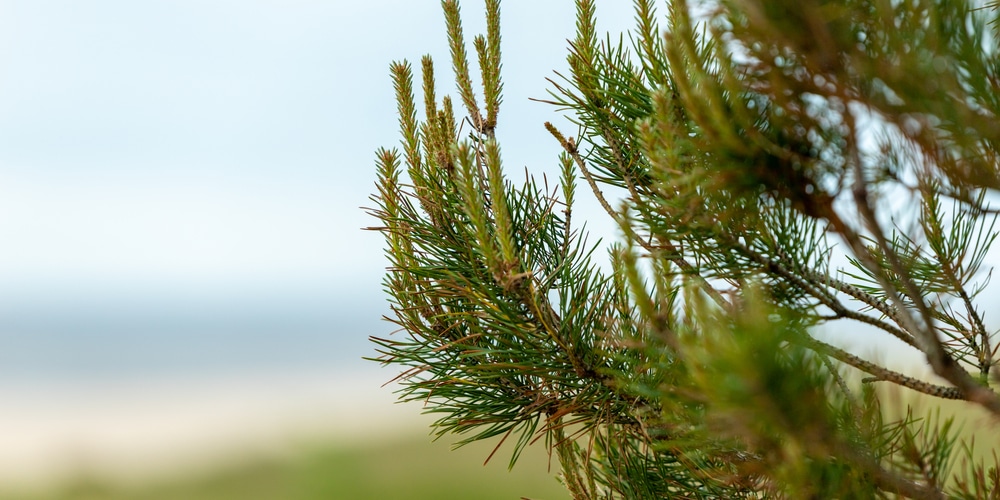Florida is known for many things: its sunny weather, its beautiful beaches, and its unique flora and fauna. But there’s more to this southern state than meets the eye. Aside from their vibrant culture, the state is home to some of the most diverse and breathtaking landscapes in the country.
One of the most iconic features of Florida’s landscape is its pine trees. These tall, stately trees are a common sight across the state, and they play a vital role in the ecosystem. Not only do they provide shade and shelter for wildlife, but they also help to filter the air and improve water quality.
The Most Common Types of Pine Trees in Florida
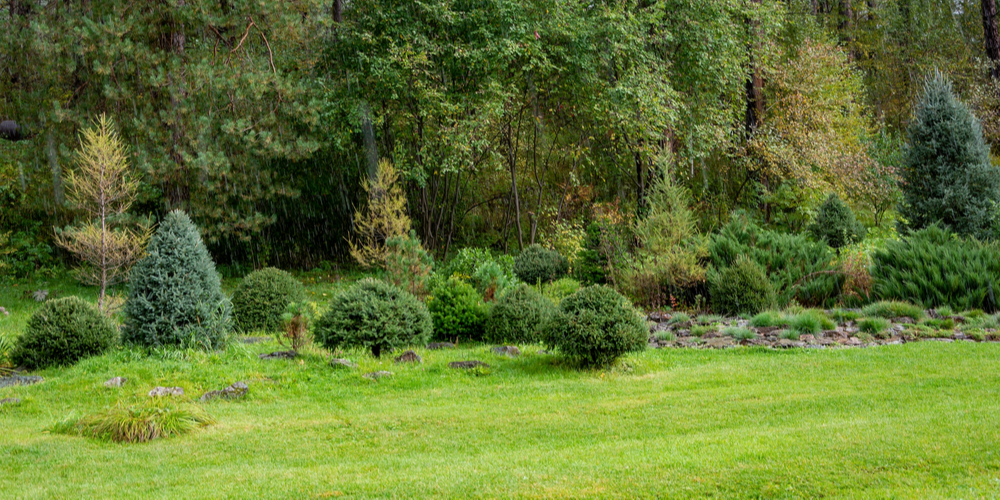
There are many different types of pine trees that call Florida home, but not all of them are equally well-suited to the state’s climate. If you’re looking for a pine tree that will thrive in Florida, here are five of the best options:
1) Loblolly Pine
Florida won’t be complete without its very own Loblolly Pine. The loblolly is one of the most widely- planted pines in the southeastern United States. This fast-growing tree can reach up to 100 feet tall and can live for more than 100 years.
Loblolly pines are tall, straight trees with distinctive yellow-green needles. They are widely used in the timber industry, and their wood is often used for paper pulp and construction lumber. You won’t find many loblolly pines in the wild, but they are a common sight in Florida’s plantations and forests.
2) Slash Pine
The slash pine is another common type of pine tree that is native to Florida. This hardy tree can reach up to 80 feet tall and has long green needles. This pine tree dominates the lower elevations of the state and is often found in swamps and wetland areas.
These self-pruning and fast-growing trees grace many of Florida’s roadsides and are a common sight in the state’s forests. Its long needles make it an excellent choice for use in the landscape, and its wood is often used in the construction of furniture and flooring.
3) Longleaf Pine
A bit of history on the longleaf pine: It once covered more than sixty million acres of the southeastern United States, from Virginia to Texas. But due to deforestation and development, its range has shrunk to just a few hundred thousand acres.
Fortunately, this slow-growing pine is making a comeback thanks to conservation efforts.
This tree has an elegant shape and can grow up to 100 feet tall. It has long, yellow-green needles and is one of the most drought-tolerant pines in Florida. Longleaf pines are often used in the landscape as windbreaks or privacy screens.
In fact, among all pine trees in Florida, this type has the longest needles. They grow in clusters of three, and each needle can be up to 14 inches long.
4) Sand Pine
Native to Florida’s sandy soils, the sand pine is a small to medium-sized tree that reaches up to 50 feet tall. It has short, dark green needles and scaly bark. This hardy tree is often found in dry, sandy areas such as scrubland and sandhills.
With its needles that are only 3 inches long, the sand pine is one of the shortest-needled pines in Florida. It’s also one of the most fire-resistant trees in the state, making it a good choice for areas that are prone to wildfires.
5) Pond Pine
The pond pine is a small to medium-sized tree with short needles, often shaped like an egg. It’s native to the southeastern United States and can be found in Florida, Georgia, and South Carolina.
Did you know that these trees are serotinous? This means that they keep their cones closed until a fire burns through the area, which then triggers the cones to open up. Most of the time, these cones remain closed unless there’s a significant disturbance, such as a fire.
Types of Pine Trees in Florida: Final Thoughts
The sunshine state is home to a variety of pine trees, each with its own unique features. From the loblolly pine to the pond pine, each tree has its own characteristic and purpose.
While they may all be different, one thing is for sure – Florida would not be the same without its pine trees.
